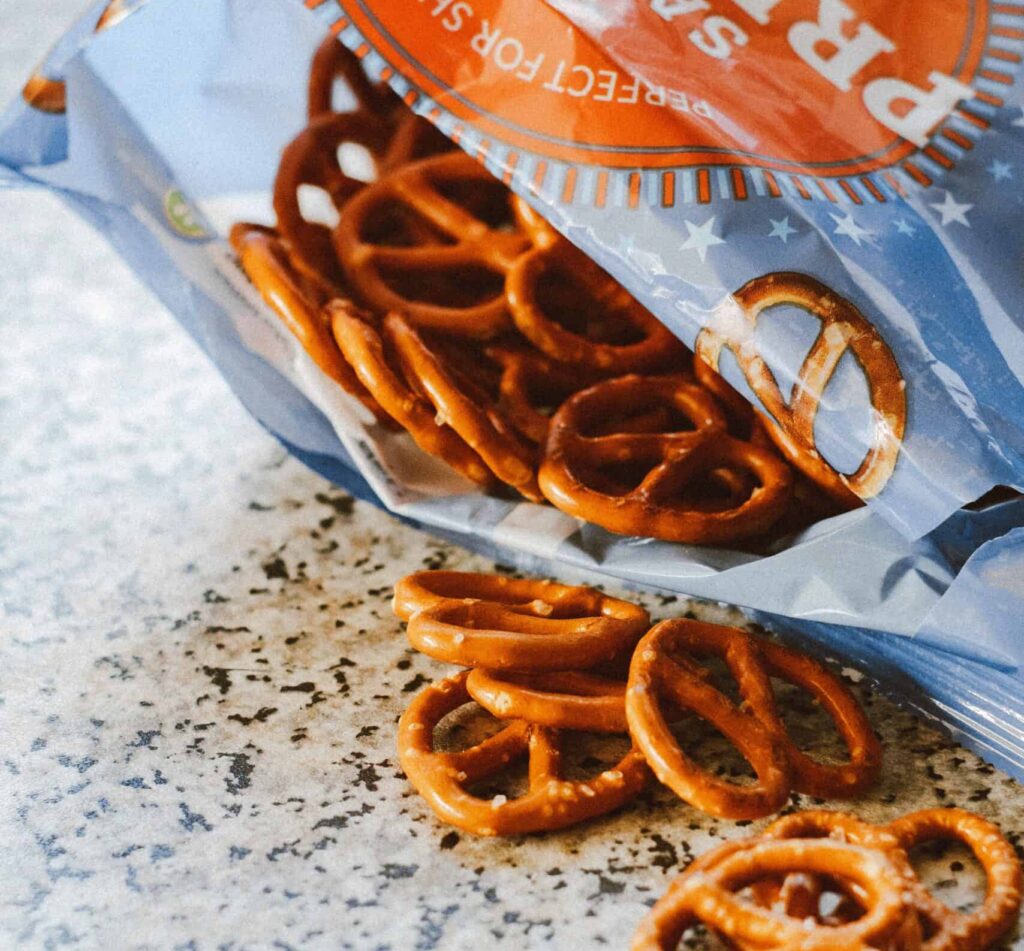– TF Group leads in innovative recyclable packaging with an expanded range of medium, high, and very high barrier paper substrates that provide excellent product protection.
– Our barrier paper offerings provide fiber-based alternatives to unrecyclable plastics and aluminum, enabling sustainable packaging solutions.
– Through tailored coating technologies, we develop purpose-fit paper packaging solutions that meet each client’s performance requirements.

TF Group has dedicated years of effort to advancing recycled packaging papers. We collaborate with leading suppliers across industries to develop innovative, eco-friendly solutions. Our recycled paper expertise enables clients to achieve sustainability goals.
Polyethylene (PE) and polypropylene (PP) coated papers are commonly used for packaging. PE coated paper provides good moisture and grease resistance at a low cost. However, it has moderate gas barrier and heat resistance. PP coated paper withstands higher temperatures and has excellent barrier against fats and oils. But PP is more expensive and brittle compared to PE coatings. The optimal coating depends on balancing required performance, cost, and application needs.
Here we will analyze their advantages and disadvantages for you first.
PE Coating Paper Flexible Packages
Here are some pros and cons of using PE (polyethylene) and PP (polypropylene) coated papers for direct and indirect food flexible packaging:
PE Coated Paper:
Pros:
– Excellent moisture and water vapor barrier properties to maintain freshness.
– Heat sealable for bag and pouch sealing.
– Low density PE provides flexibility.
– Good grease and oil resistance.
– Cost effective option.
Cons:
– Limited barrier against gases like oxygen and carbon dioxide compared to aluminum foils.
– Less heat resistant than polypropylene coatings.
– More permeable to aromas and flavors than other coatings.
PP Coating Paper Flexible Packages
Pros:
– High hot tack strength for efficient packaging line operation.
– Withstands higher temperatures than PE. Good for hot fill applications.
– Excellent fat and grease resistance.
– Good oxygen and moisture barrier. Protects food quality.
Cons:
– Not naturally heat sealable, requires sealant layer.
– Lower tensile strength than PE film. Susceptible to splitting.
– Higher material costs than PE coated paper in most cases.
– More brittle than PE, especially at low temperatures.
So in summary, PE offers cost-effectiveness while PP provides enhanced barriers. The optimal coating depends on required properties.

Meanwhile, as we know, none of them is recyclable. What TF group is going to promote, is recycled flexible paper packages with high-barrier functions.
What Is the Recyclable High-Barrier Coating Paper?
– Our high-barrier coatings can be formulated to provide oil, grease, and moisture resistance for paper substrates. Meanwhile, heat-sealing is also available.
– High-barrier material forms excellent transparent, glossy, and flexible coatings. They are applied as water-based emulsions which minimizes environmental impact.
– Modified high-barrier material can be combined with waxes or other polymers using nano-technology to further enhance barrier performance.
– Coating the paper creates a thin plastic-like layer without laminating an entire plastic film. This reduces material use while still achieving resistance.
– Coating weight typically ranges from 3-10 gsms depending on required barrier properties. Higher coat weights improve performance but add less cost.
– Our high-barrier coatings remain recyclable with paper as they repulp under mild conditions. This gives better sustainability than plastic lamination.
High-barrier Coating Paper Application
Here are some of the key applications where ecofriendly barrier coated paper packaging can be utilized:
– Fast food packaging – Hamburger wraps, french fry boxes, sandwich wrappers, etc. Acrylate coating provides grease resistance.
– Baked goods packaging – Bags, boxes and trays for pastries, donuts, cookies, etc. Provides moisture barrier.
– Frozen food packaging – Bags, cartons and boxes for frozen meals, ice cream, pizzas, etc. Resists grease and moisture.
– Snack food packaging – Bags, pouches and wraps for chips, nuts, cookies, cereal, candy, etc. Maintains freshness.
– Carryout containers – Plates, boxes and bowls for restaurants. Allows wet and greasy foods.
– Butter and cheese packaging – Wrappers, bags and cartons. Prevents oil migration.
– Pet food bags – High-barrier coated kraft bags for dry pet food. Keeps food fresh.
– Medical packaging – Sterilization pouches, Tyvek bags, blister packaging for medical devices.
– Electronics packaging – Bags and boxes for protecting electronics items during shipping.
The key benefits high-barrier coatings provide are grease, moisture and oil resistance while remaining recyclable, which make them ideal for these food, medical and consumer applications. The coatings enhance the properties of paper-based packaging.
TF Group is focused on providing more sustainable and eco-friendly packaging solutions for the industry. We work to continuously develop innovative paper substrates and coatings that are recyclable, compostable, and environmentally responsible. TF Group aims to be a leader in helping the packaging industry adopt greener materials and processes.
